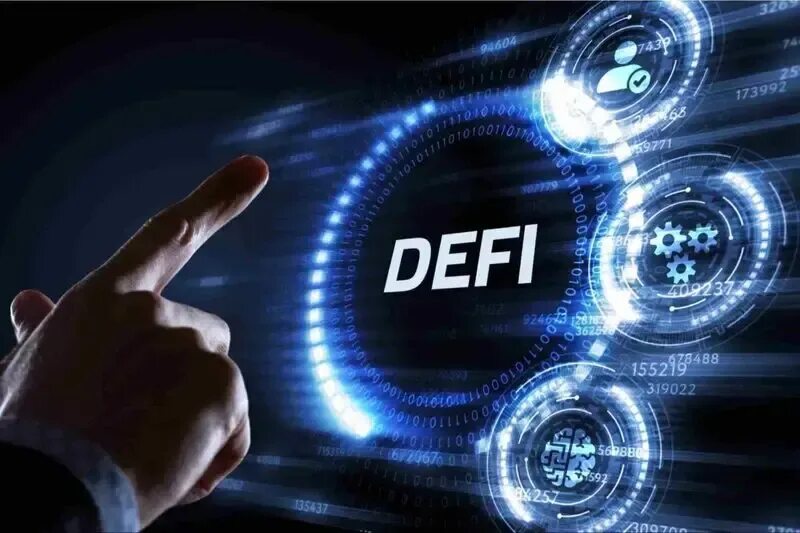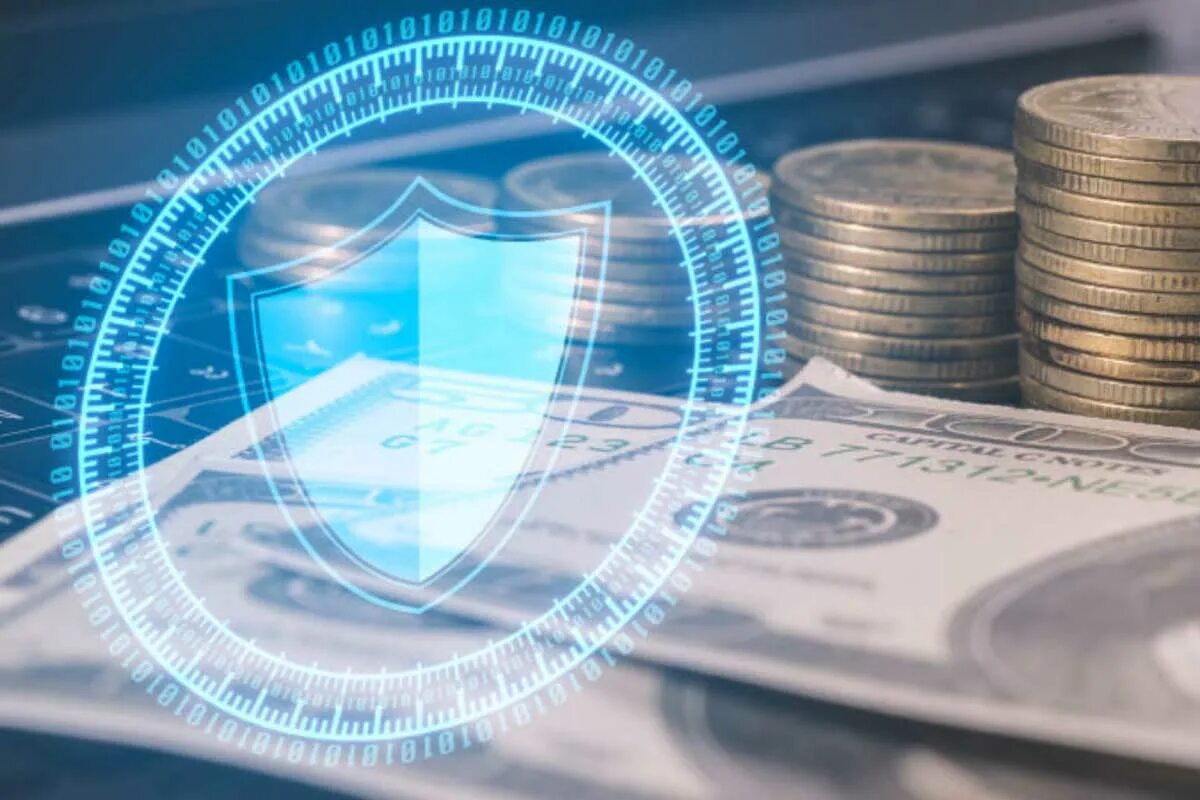Decentralized Finance (DeFi) offers users access to financial instruments without intermediaries. However, the lack of strict regulation makes this area attractive to malicious actors. They use various schemes to seize investors' assets, causing harm to both individual users and the entire crypto ecosystem.
The most common methods of DeFi fraud include:
- Rug Pull (sudden withdrawal of liquidity) – project creators attract investors' funds, then suddenly withdraw all assets, leaving users with nothing.
- Pump and Dump – fraudsters artificially inflate the value of a token by spreading false statements and then sell assets at an inflated price, causing the price to crash.
- Fake smart contracts – developers intentionally leave vulnerabilities in the code that allow future theft of users' funds.
- Fake DeFi platforms – fraudsters create websites that visually resemble popular services, stealing users' personal data and cryptocurrency.
- Ponzi schemes – projects promising high returns but using new investments to pay old participants.

How Malicious Actors Exploit DeFi Vulnerabilities
DeFi projects operate based on smart contracts that manage transactions and investments. If the code contains errors, hackers can exploit them for attacks. Popular abuse methods include:
- Flash loan attacks – quick loans without collateral used for manipulating asset prices.
- Smart contract exploits – using errors in the code for unauthorized withdrawal of funds.
- Fake tokens – fraudsters create fakes of popular cryptocurrencies and convince users of their value.
- Fake airdrop campaigns – victims receive tokens, but to activate them, they must sign a malicious contract that steals assets.
- Fake DeFi landings – users deposit funds but cannot withdraw them.
Some attacks become possible due to insufficient testing of smart contract code. Errors in liquidity management algorithms, incorrect price calculations, or token issuance mechanisms can give hackers the opportunity to manipulate the system.

Signs of Fraudulent DeFi Projects
DeFi fraud can be recognized by several characteristic signs:
- Lack of smart contract audit – if the code has not been reviewed by independent auditors, the risk of vulnerabilities is high.
- Guaranteed high returns – promises of fixed and fast income indicate a scheme related to deception.
- Anonymity of developers – if the project team hides their identities, it is impossible to verify their reputation.
- Limited withdrawal options – delays in payments or complicated conditions for withdrawing assets are warning signs.
Uneven token distribution – if a large portion of the assets is controlled by the developers, they can manipulate the market.
It's also important to pay attention to the platform's reputation in the crypto community. If the project is not discussed by major analysts or lacks transparent activity reports, investing in it is dangerous.

How to Protect Investments in DeFi
To reduce the likelihood of losing funds, it is necessary to follow precautions:
- Choose verified platforms – invest only in projects with audited security and transparent operating conditions.
- Check the development team – study the profiles of the project's creators and their previous initiatives.
- Analyze the smart contract code – if the project is open, its code should be available for review.
- Be cautious about promises of high returns – offers with guaranteed income may turn out to be fraudulent.
- Use hardware wallets – store large amounts in cold wallets protected from online threats.
- Verify contract addresses – before connecting to DeFi platforms, check their details with official sources.
- Limit wallet access – do not enter private keys and passwords on unknown resources.
- Keep up with crypto industry news – many attacks can be prevented by timely learning about discovered vulnerabilities.
- Use multi-factor authentication – additional layers of protection help prevent unauthorized account access.
- Check the project's liquidity – low liquidity or sudden jumps may signal potential fraud.
Moreover, it is important to avoid projects that lack a long-term development strategy. If the developers do not present a roadmap or their plans change too often, this may be a sign of an attempt to attract investments without intending to fulfill stated commitments.
DeFi fraud continues to evolve, but attentiveness, project analysis, and the use of security tools help minimize the risk of asset loss.




